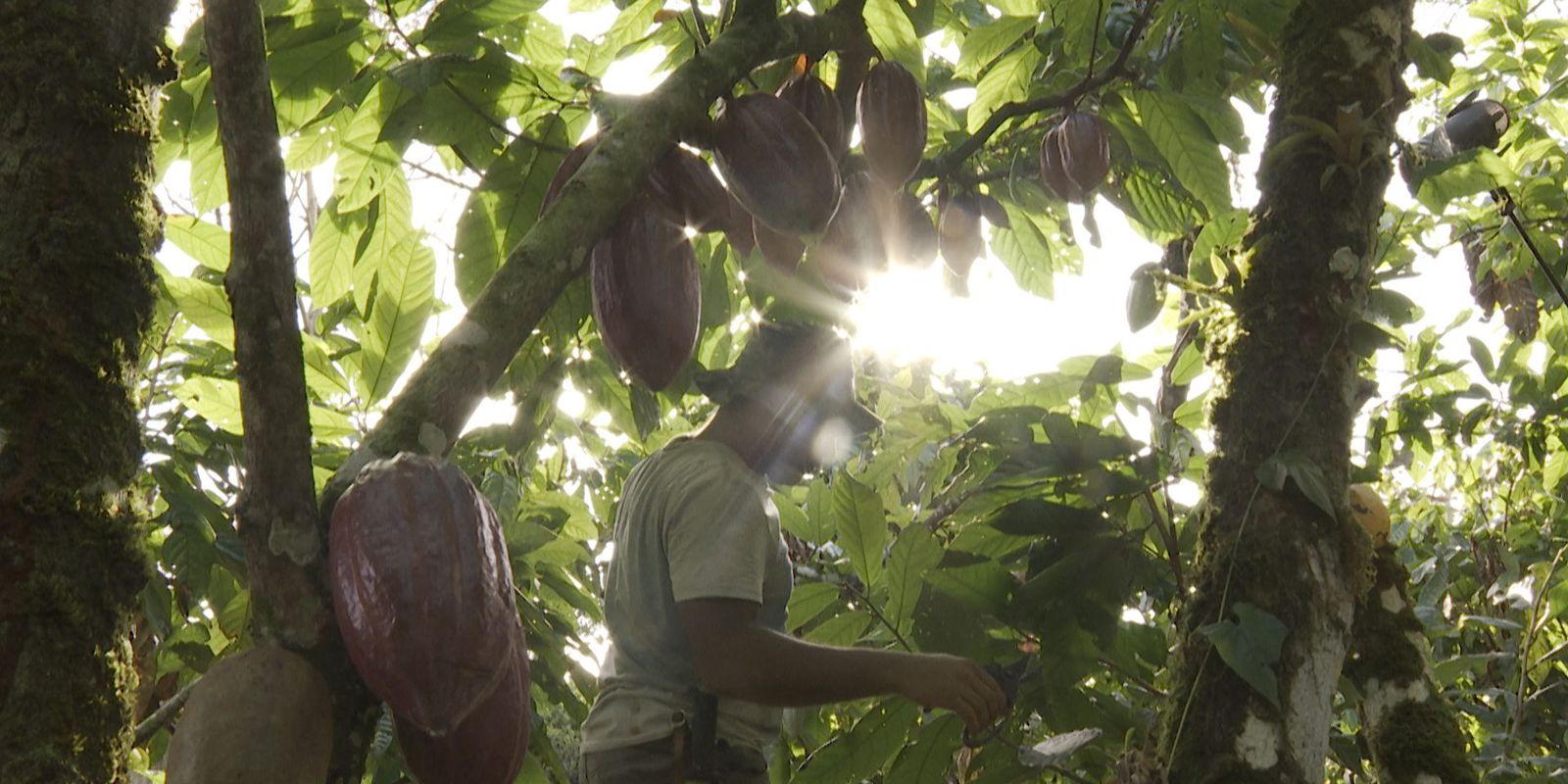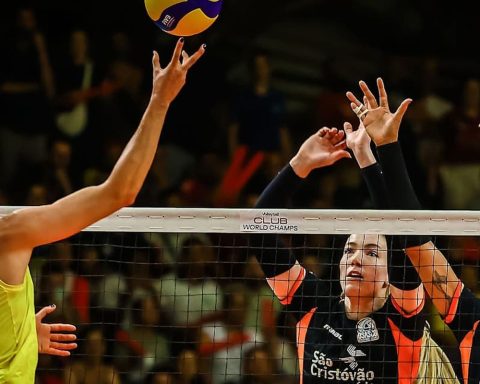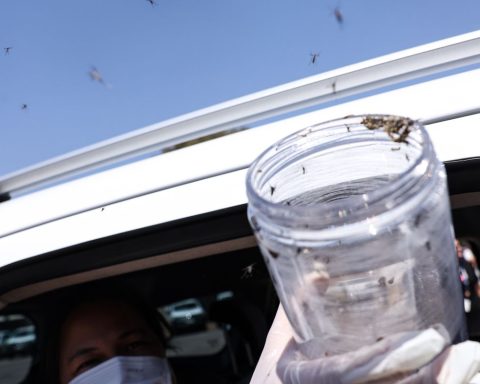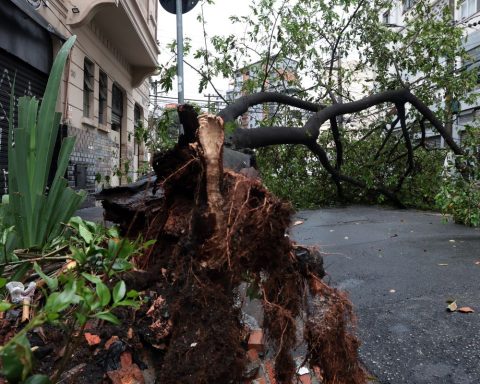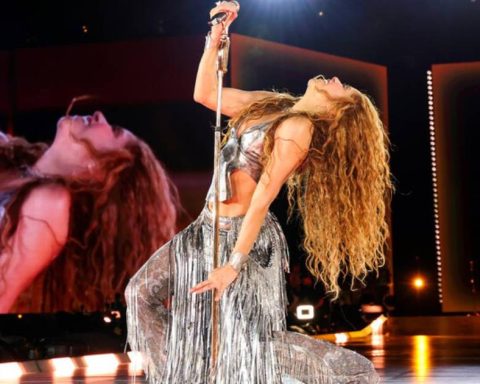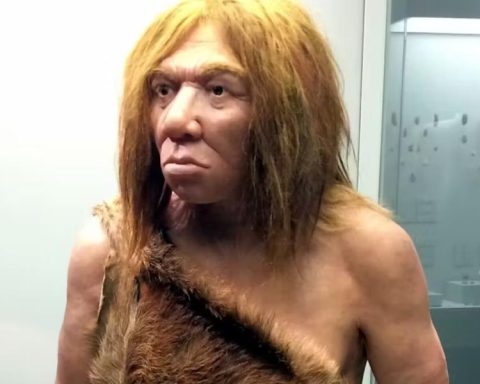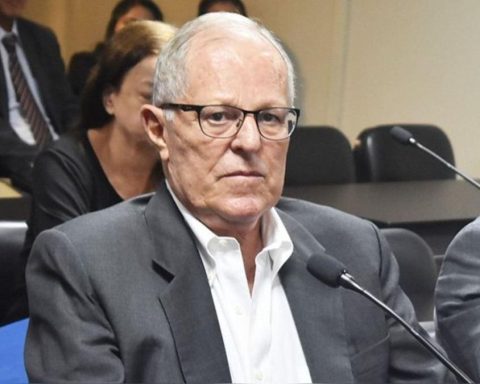Cocoa from the south of Bahia has been part of the country’s history for over 250 years and almost came to an end in the 1980s, when witches’ broom, a disease caused by a fungus in cocoa trees, devastated the plantations.
Today, the region reappears on the national scene once again as a cocoa-growing area, but focused on quality beans, production formats and environmental preservation. The changes bring new air to a model that, in the past, was marked by slavery and cocoa colonels.
The fruit was taken to Bahia to replace sugarcane plantations in the 18th century, which were going into decline, and soon adapted to the hot and humid climate of the state. So much so that, in 2018, the region won the seal of geographical indication with the name Sul da Bahia, which highlights the tradition and differentiated quality of the cocoa produced there.
From tree to bar
Yrerê is one of the farms that carry the history of cocoa. It was a sesmaria donated by the Portuguese crown in 1818 to a family of Germans. The current owner, Gerson Marques, is the first owner outside the family line of succession. He bought the place 24 years ago and specializes in producing fine, organic cocoa, as well as exploring experience tourism. It produces about 400 arrobas of almonds a year. For the producer, after the witches’ broom in the region, the quantity is no longer a goal. “The path left for us is high specialization, high quality, selling cocoa at a worthwhile price,” he says.
On the farm, tourists go through almost all the chocolate production processes, which the owner calls tree to bar (from the tree to the bar), in an allusion to the concept beans to bar (from almond to bar), in which the entire process is transparent to the consumer. There, they get to know the cocoa plantation, taste the fruit, watch the almonds dry and then participate in a tasting of the various types of chocolate produced on the farm.
According to the regional manager of the Brazilian Micro and Small Business Support Service (Sebrae) in Ilhéus, Claudiana Campos, the strategy is to produce a quality almond, avoiding the commodity (primary product with quotation in international markets), which is the sale in large quantities, but without much quality. “Today, we already sell a quality product to chocolatiers (professionals specialized in chocolates) and industries from all over the world, with many almonds awarded in national and international competitions”, he says.
fine cocoa
In 2019, Brazil was recognized as a producer of fine aroma cocoa for export by the International Cocoa Organization. This almond represents 3% of Brazilian production, according to data from the Executive Committee of the Cacaueira Crop Plan (Ceplac). The goal is to reach 10%.
Quality control is strict. In Ilhéus, it is carried out by the Cocoa Innovation Center (CIC), where the Chocolab is located, a laboratory that issues reports to certify whether the beans from that crop meet the standards of the IG Sul da Bahia. On site, tests are carried out with the raw material and also sensory tests of flavor, aroma and texture of the chocolate. The IG standard provides for a percentage of 3% defects in samples, a stricter standard than international standards.
About 4,000 producers are part of Associação Cacau Sul Bahia, who can use the IG seal. According to the institution’s executive director, Cristiano Sant’ana, associates can also use the Sul Bahia chocolate brand, a collective production. By means of a QR Code on the product packaging, it is possible to have access to information on the raw material, name of the producer, geographic location and quality standard of that batch.
One of the associates is the Dois Riachões settlement, formed by 40 families who produce in an area of 160 hectares. Rubens Dário de Jesus proudly says that they are the first family farmers to obtain the Geographical Indication seal. For him, certification allows adding value to the product and, for the consumer, knowing the origin, the production chain of that chocolate and also the quality of the raw material.
A change of life not only for the families of the settlement, but also for the entire process of working with cocoa. Producer Delineia Batista dos Santos remembers how her parents worked on plantations on large farms. “There was always someone who was there, watching over their work, because they couldn’t suck the cocoa fruit.” Anyone caught doing this was fired. “My parents started to know, to feel the taste of the cocoa fruit, after we came to the settlement.”
In addition to planting, processing and selling cocoa beans, families in the settlement also make their own chocolate for sale, under the name Dois Riachões. Chocolates with 70% and 56% cocoa are produced, with certifications not only from IG, but also organic and agroecology.
Being present in the entire process – from planting to direct marketing to the consumer – breaks a cycle of two centuries. “All of our lives we worked on cocoa, but we never made money from it. Now, we have managed to develop a model that is profitable for the farmer, who can have a quality of life living in the countryside”, concludes Rubens Dário.
The Cacau episode, a story still written in Bahia on the show Reporting Paths and will air next Sunday (6), at 10 pm, on TV Brazil.
